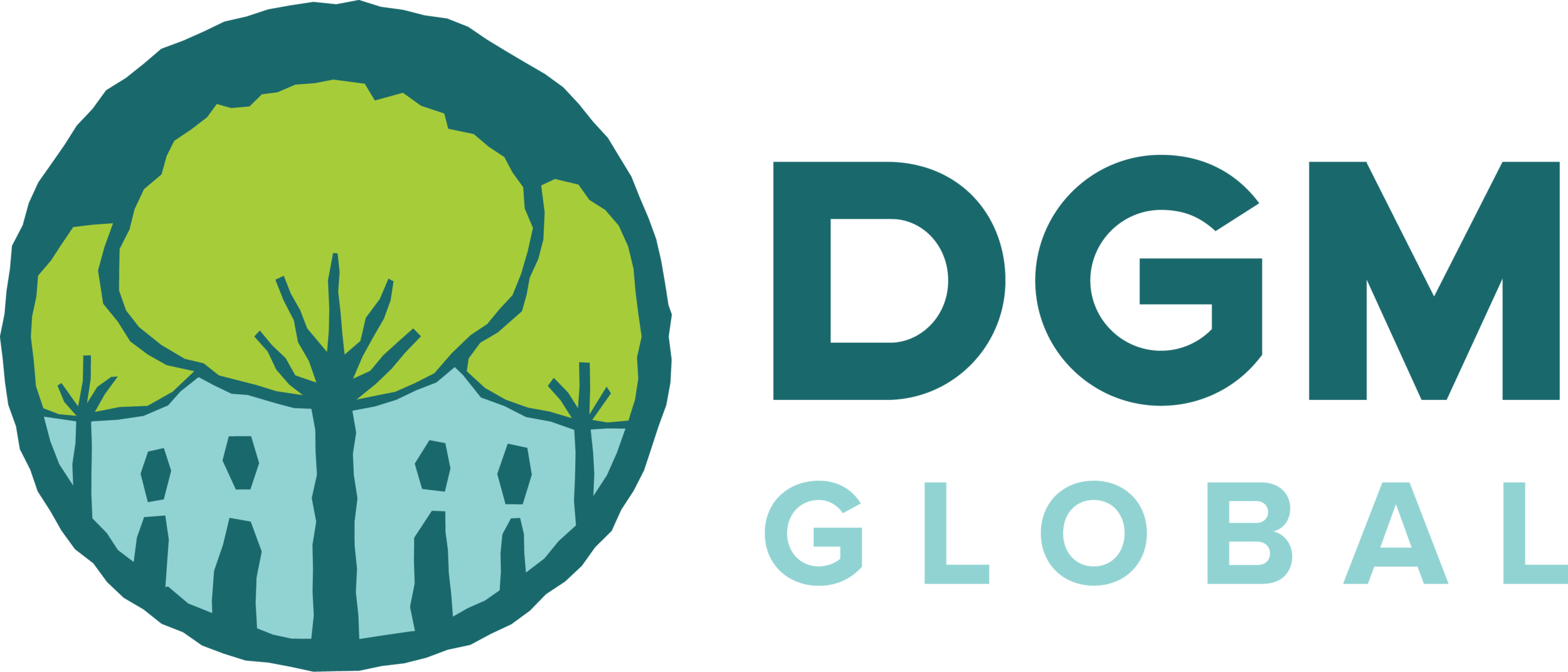Visão Geral | Brasil | Burkina Faso | Costa do Marfim | DRC | Equador | Gana | Guatemala | Indonésia | México | Moçambique | Nepal | Peru | Rep. do Congo
Peru
Mecanismo de Doação Dedicado de Saweto a Povos Indígenas e Comunidades Locais
Documento do Projeto
Financiamento: 5,5 milhões de dólares
Aprovação do Programa de Investimento Florestal: Maio de 2015
Aprovação do Banco Mundial: Setembro de 2015
Implementação: De outubro de 2015 a setembro de 2020
Comitê Gestor Nacional: Lista
Agência Executora Nacional: WWF Peru
Site do Projeto | Fundos de Investimento Climático | Banco Mundial
Facebook | Twitter | YouTube
Objetivo: Apoiar os povos indígenas em comunidades específicas da Amazônia peruana na tentativa de melhorar as práticas de manejo florestal sustentável
Organizações Comunitárias
O DGM do Peru se envolve com as comunidades nativas do país por meio de parcerias com organizações nacionais e regionais, cada uma representando várias comunidades. No nível nacional, a AIDESEP e a CONAP formam partes iguais do Comitê Gestor Nacional do projeto, cada uma representando nove organizações regionais que podem implementar subprojetos do DGM.
Reconhecimento e Titulação
Um dos principais focos do DGM do Peru é o aprimoramento dos direitos e da posse de terra das comunidades indígenas. Ao fortalecer seus direitos à terra, as comunidades podem ajudar a proteger suas terras e florestas da invasão ilegal. O projeto via apoiar 310 comunidades nativas para obter reconhecimento legal e 130 comunidades para ter suas terras tituladas.
Manejo de Recursos Naturais
O DGM do Peru também financia pequenos subprojetos liderados pela comunidade que contribuem para o manejo florestal sustentável e melhoram a segurança alimentar e a geração de renda. Esses subprojetos se concentram em silvicultura, segurança alimentar e manejo de produtos florestais não madeireiros. O DGM do Peru reservou 500 mil dólares para subprojetos propostos e/ou liderados por mulheres.


















Tropical forests hold the potential to provide one-third of the near-term solution to mitigate climate change. Growing evidence demonstrates that when the rights of Indigenous Peoples to their land and natural resources are respected, deforestation rates are lower than in areas managed by the government.